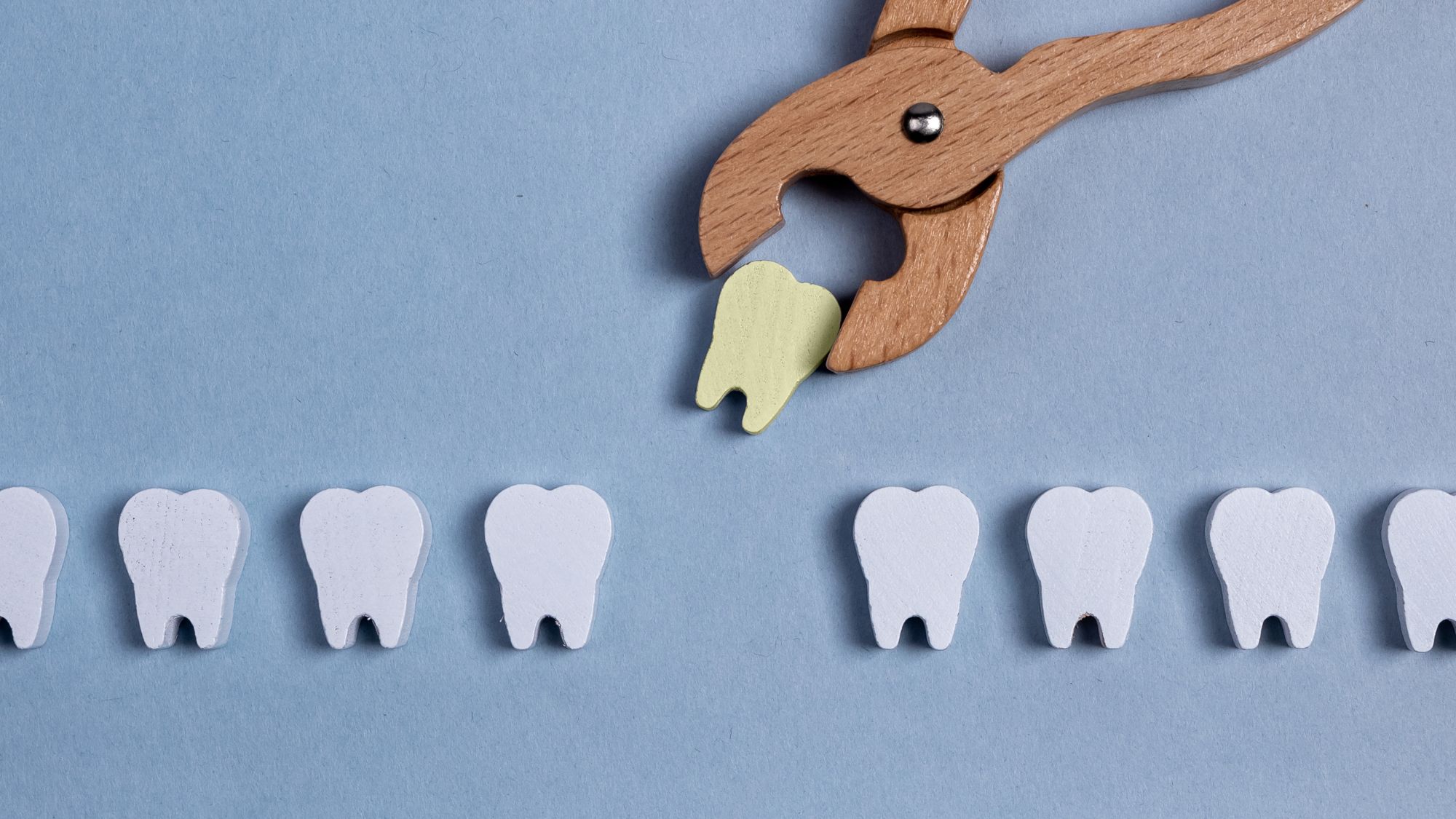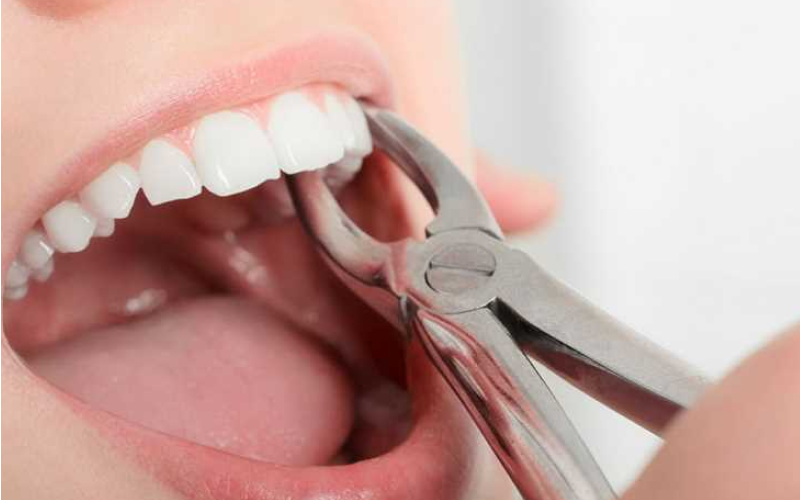

While many teens and some adults get their wisdom teeth removed, there are other reasons why tooth extraction may be necessary in adulthood.
Excessive tooth decay, tooth infection, and crowding can all require a tooth extraction. Those who get braces may need one or two teeth removed to provide room for their other teeth as they shift into place. Additionally, those who are undergoing chemotherapy or are about to have an organ transplant may need compromised teeth removed in order to keep their mouth healthy.
Tooth extraction is performed by a dentist or oral surgeon and is a relatively quick outpatient procedure with either local, general, intravenous anesthesia, or a combination. Removing visible teeth is a simple extraction. Teeth that are broken, below the surface, or impacted require a more involved procedure.
The cost for tooth extraction varies widely depending on whether the tooth is impacted. Simple extraction usually costs between $75 and $200 per tooth, and may be more depending on the type of anesthesia you need.
Where you live can also impact how much you pay for the procedure, as many services are tailored to an area’s cost of living.
Before scheduling the procedure, your dentist will take an X-ray of your tooth. Be sure to tell your dentist about any medications you take, as well as vitamins, supplements, and over-the-counter drugs.
Tell your dentist if you will soon be treated for another medical condition with an intravenous drug called a bisphosphonate. If so, the extraction should be done before the drug treatment, or your jaw could be at risk for osteonecrosis (bone death).
Also, tell your dentist about any of the following conditions: a congenital heart defect
Your dentist may want to make sure all conditions are stable or treated before you undergo the tooth extraction. You might be prescribed antibiotics in the days leading up to the procedure if:
your surgery is expected to be long
you have an infection or a weakened immune system
you have a specific medical condition
It’s helpful to keep the following in mind for the day of the tooth extraction in order to ensure quality treatment:
If you will be receiving intravenous (IV) anesthesia, wear a short-sleeved shirt or loose-fitted clothing, and don’t eat or drink for six to eight hours before your appointment.
Don’t smoke beforehand.
Tell your dentist if you have a cold, as you may need to reschedule.
Tell your dentist if you had nausea or vomiting the night before, which may require different anesthesia or rescheduling.
If you’re receiving general anesthesia, have someone with you to drive you home.
Your tooth extraction will either be simple or surgical, depending on whether your tooth is visible or impacted.
You will receive a local anesthetic, which numbs the area around your tooth so you’ll feel only pressure, not pain, during the procedure. The dentist then uses an instrument called an elevator to loosen the tooth and forceps to remove it.
You will likely receive both local anesthesia and intravenous anesthesia, the latter of which makes you calm and relaxed. You may also receive general anesthesia, depending on any medical conditions. With general anesthesia, you will remain unconscious during the procedure.
The general dentist or oral surgeon will cut into your gum with a small incision. They may need to remove bone around your tooth or cut your tooth before it can be extracted.
There are a few risks for undergoing a tooth extraction; however, if your dentist recommends the procedure, the benefits likely outweigh the small chance of complications.
Usually after a tooth extraction, a blood clot naturally forms in the socket — the hole in the bone where the tooth has been extracted. However, if the blood clot does not form or dislodges, the bone inside the socket can be exposed — referred to as “dry socket.” If this happens, the dentist will protect the area by putting a sedative dressing over it for a few days. During this time, a new clot will form.
Other risks include:
Contact your dentist if you experience any of these symptoms.
It normally takes a few days to recover after a tooth extraction. The following steps help ensure that your recovery goes smoothly.
As you heal over the next few days, you can slowly reintroduce other foods into your diet.
If you are experiencing pain that isn’t going away after several days or signs of an infection —including fever, pain, and pus or drainage from the incision
— make an appointment to see your dentist as soon as possible.